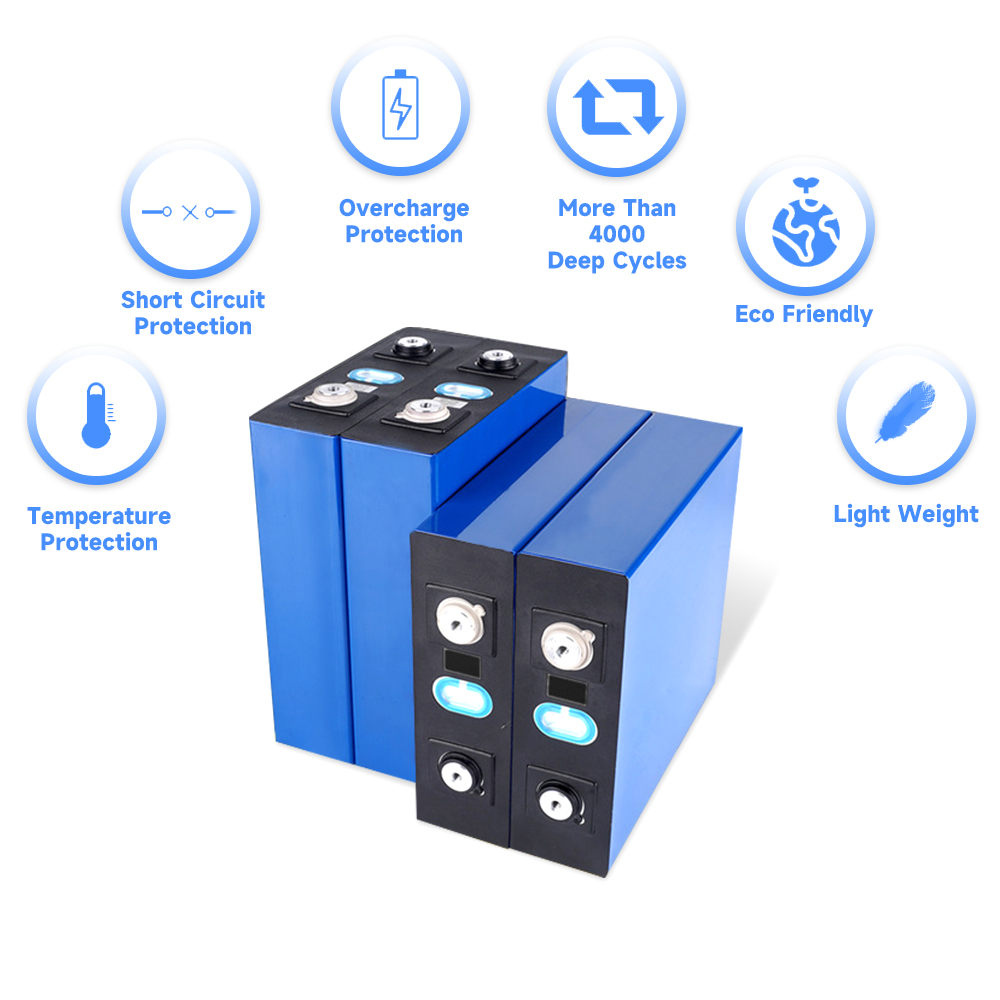

Recently, Japanese scientists have made a new breakthrough in the field of button capacitor batteries - using activated carbon made of reeds as the electrode material of the capacitor. Button capacitor batteries made using this technology have higher storage performance than existing capacitor batteries using coconut shell activated carbon.
Recently, Japanese scientists have made a new breakthrough in the field of button capacitor batteries - using activated carbon made of reeds as the electrode material of the capacitor. Button capacitor batteries made using this technology have higher storage performance than existing capacitor batteries using coconut shell activated carbon.
At present, capacitor batteries used in mobile phones and other devices generally use coconut shell activated carbon to make electrodes. Researchers from the Northeast Industrial Technology Center in Shiga Prefecture, Japan, said that the surface area of reed activated carbon is more than twice that of coconut shell activated carbon, and they have previously developed technology to make activated carbon from reed. They believe that reed activated carbon has the potential to store more electrical energy, so they have begun relevant research since 2012.
The researchers sprayed gas onto the reeds and performed high-heat treatment to obtain activated carbon with fine holes. They then thinly coated it on copper foil to make disc-shaped electrodes, and finally successfully created a button capacitor battery. They found that when reed activated carbon was used under the same conditions, the battery's storage capacity was about three times that of coconut shell activated carbon.
The researchers pointed out that this achievement shows the possibility of using reeds in the most cutting-edge technological fields. They plan to conduct further research to improve the performance of the battery, enhance its durability and maintain battery quality, with a view to achieving commercial production.
Further reading:
Capacitor battery is an electricity storage technology that utilizes the electric double layer phenomenon to store electric charge. This kind of battery is actually a capacitor, but its capacity is much larger than that of ordinary capacitors.
Compared with batteries that generate electrical energy through chemical reactions, capacitor batteries have longer lifespans and shorter charging times, and are widely used in fields such as mobile phones and audio-visual equipment. However, because it only stores charge on the electrode surface, its storage capacity is lower than that of chemical batteries.

Popular recommendation
NiMH No. 7 battery.These days rechargeable battery sets also need technological innovation
2023-10-09How to improve the energy density of lithium battery...
2022-06-1318650 battery 3500mah.Which one has better performance, polymer lithium battery or 18650 lithium bat
2023-10-13CR927 battery.Analyze whether OEMs should enter the lithium-ion battery industry from the four dimen
2023-10-083.7V 18650 lifepo4 battery.Interpretation: Where do domestic lithium battery pack technologies still
2023-10-081.5v Carbon battery!Nokia's new technology may double phone battery life
2023-10-08Precautions for button type battery
2022-06-183.7V Lithium Polymer Battery.Design of self-healing circuit for nickel-cadmium nickel-metal hydride
2023-10-096LR61 alkaline battery.18650 lithium battery welding method, lithium battery processing and welding
2023-10-09AG6 battery.Process flow of 18650 cylindrical battery sleeve labeling machine
2023-10-09Model comparison table of button battery
2022-06-18The Challenge of Rechargeable Batteries
2022-11-14